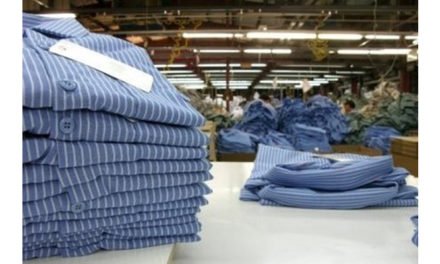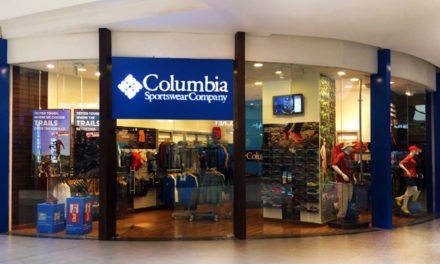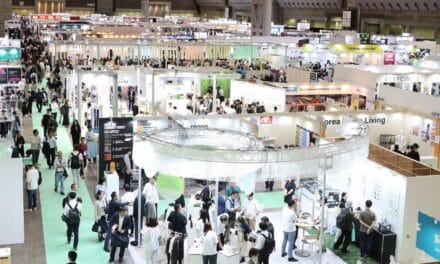 Italian warp knitter Eurojersey has launched a new collection for the lingerie sector, which demonstrates the printing possibilities for its environmentally friendly Sensitive fabrics. The Sensitive Fabrics by Eurojersey range for Spring-Summer 2023 offers a selection of printing technologies that highlight designs and textures with a material appearance and photographic effects in high definition colours and graphics.
Italian warp knitter Eurojersey has launched a new collection for the lingerie sector, which demonstrates the printing possibilities for its environmentally friendly Sensitive fabrics. The Sensitive Fabrics by Eurojersey range for Spring-Summer 2023 offers a selection of printing technologies that highlight designs and textures with a material appearance and photographic effects in high definition colours and graphics.
The protagonist is the Eco Print with its sustainable performance which, with its coloured and metallic pigments, transforms fabrics into ‘expressive contemporary’ pieces, the company says. With the placed print, lace and borders live directly on the garment positioned on the fabric, resulting in a collection of underwear and nightwear garments that dress in warm tones and intense colours for every solution.
“Impalpable, comfortable, with a soft hand, Sensitive Fabrics are the excellence for making any lingerie garment,” Eurojersey says. “Known for their aesthetic and technological qualities, breathable and pilling-free, they are irreplaceable for maximum comfort and calibrated support. For the pleasure of the wearer, they have all the characteristics of a second skin that dresses and protects the body, giving elegance and practicality to its movements.”
Eurojersey makes the warp knitted stretch nylon fabrics at its fully integrated facility in Varese, North of Milan. In 2019, it became the first textile company to declare its Product Environmental Footprint (PEF), having been awarded PEF 010/19 certification by Certiqualit. The PEF method to evaluate the environmental footprint of its activity was done by measuring 16 indicators involved in the analysis, including: the energy footprint, the carbon footprint, the water footprint, eco-toxicity, the eutrophication of freshwater and seawater, the deterioration of lakes and forests caused by acidic emissions.
On evaluating the water footprint, which determines the impoverishment of water resources by human activities carried out in a given area, the environmental impact of Eurojersey’s production of one sqr mtr of dyed fabric was the equivalent of 1.3 – 4.1 cubic mtr of water. If we consider that the footprint determined by one 0.75 ltr bottle of still wine is equivalent to 1.27 cubic mtr of water, its impact is therefore comparable to the environmental footprint of one square mtr of fabric.
The carbon footprint, which measures the impact of greenhouse gas emissions on climate change, has shown that one square metre of dyed fabric has produced an environmental impact ranging from 1.01 to 2.77 kg of CO2eq. The footprint of one kg of pasta is equivalent to 2.11 kg of CO2eq. The energy footprint of Eurojersey has evidenced that one square metre of dyed fabric has produced from 17.28 to 47.07 MJ. Such an impact is comparable to that associated with a Euro 5 vehicle covering a distance of 10 km equal to 49.1 MJ. These savings are all part of the company’s noted commitment towards sustainability, Eurojersey says.






















